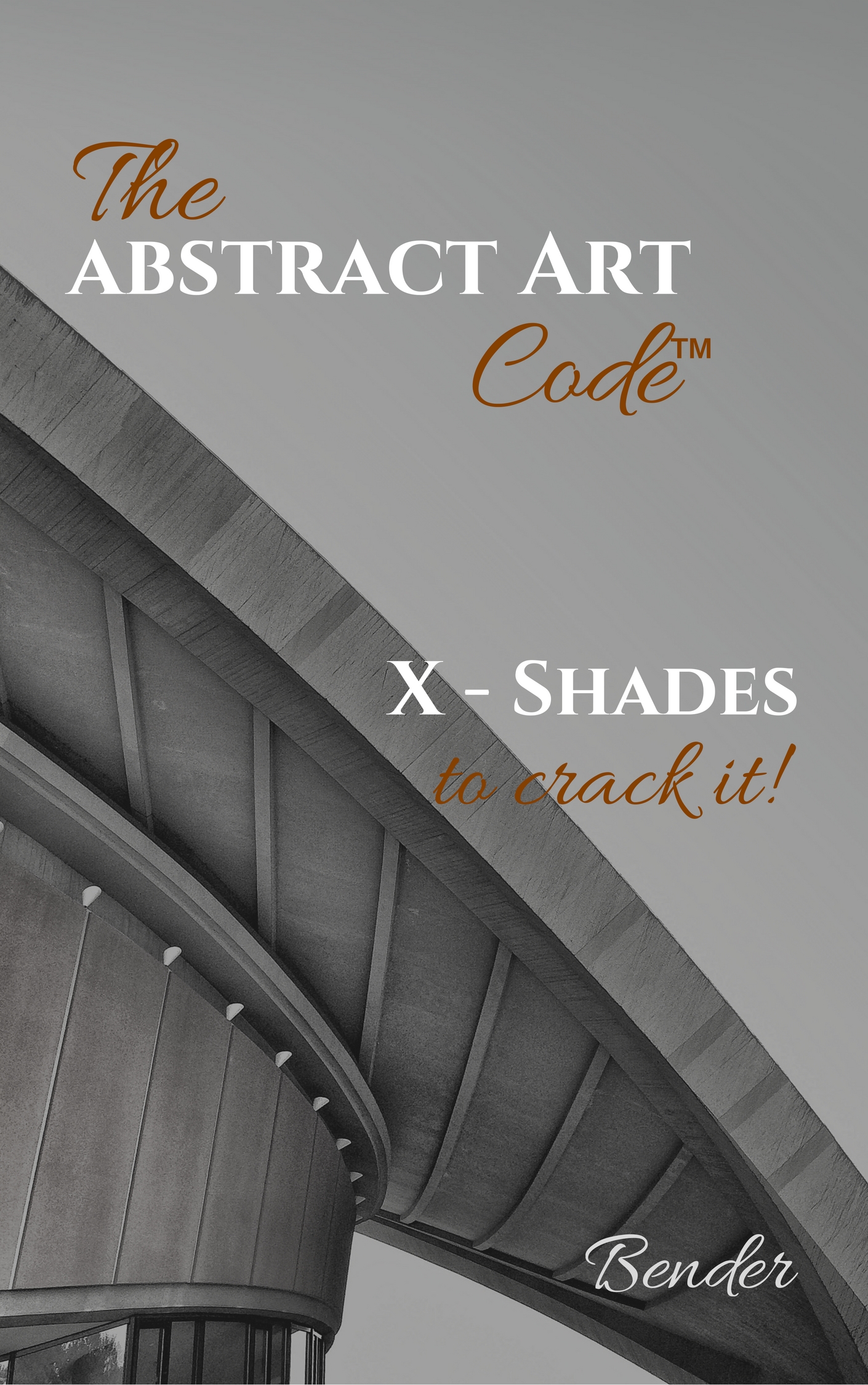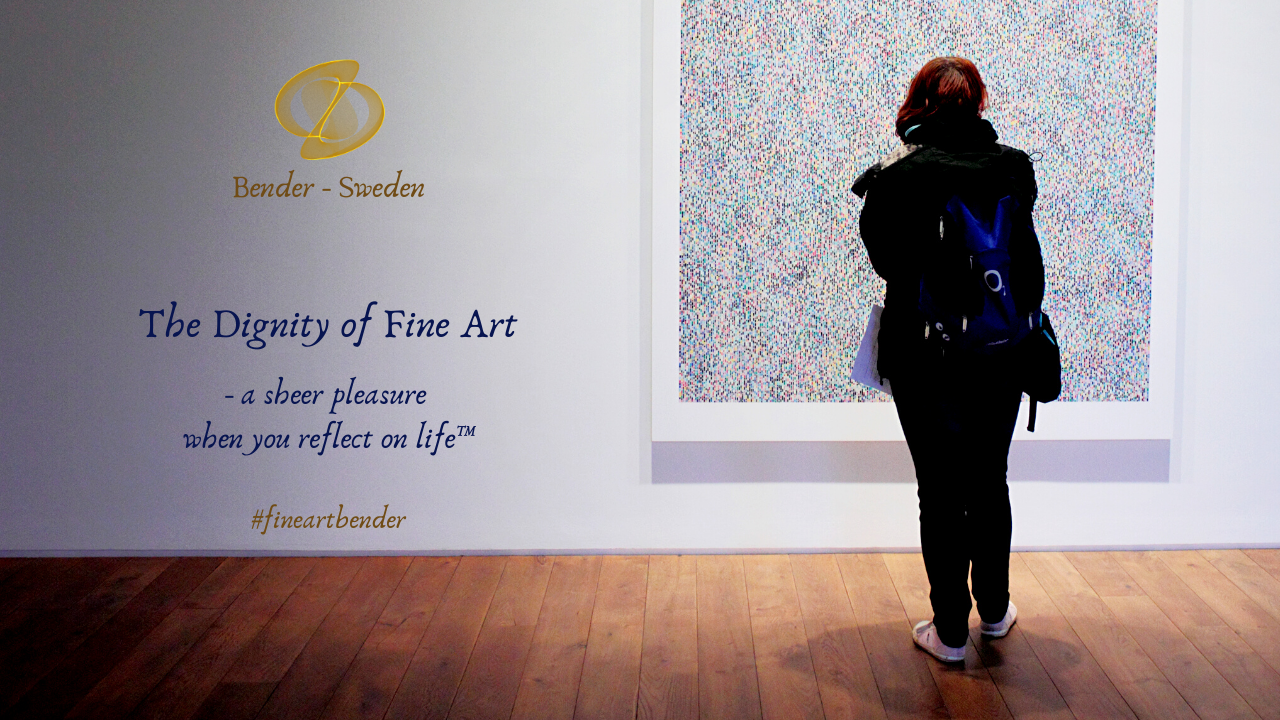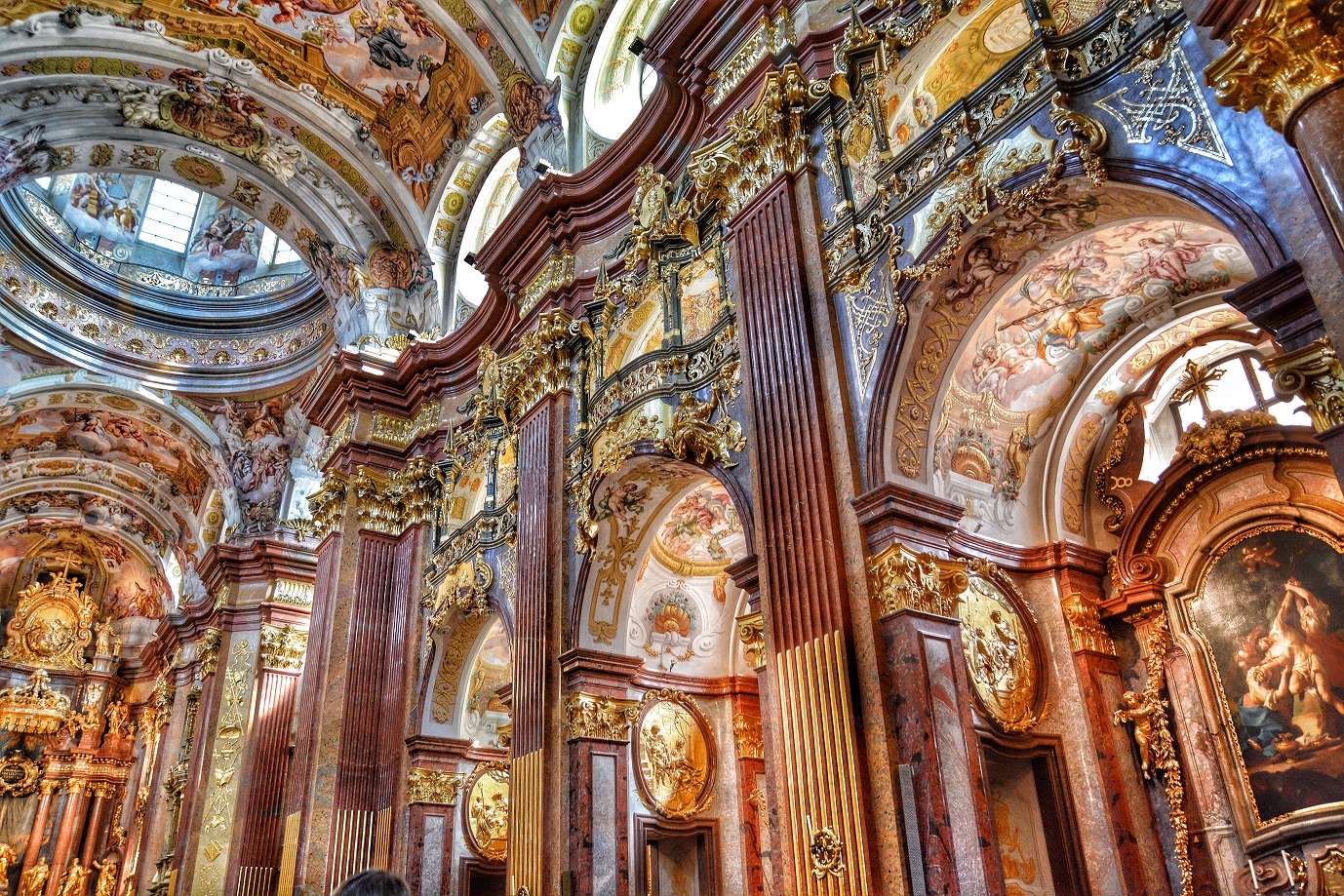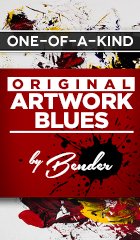How to Better Understand
Abstract art
Suggestion, explanation, discoveries and understanding 1:
"We can divide Abstract Art or the degree of abstraction in various stages:
1. Realistic paintings
Realistic
paintings include the creation of an "image" to represent a subject
as close as possible in a way that most of us perceive it, see it, or interpret
it. We have full contact with the "source", as Lowry 2010, put
it.

Title: The Beauty of Nature
2. Abstract-like
Imagine a puzzle
that you received as a child (art puzzles are
today also for adults: (go to www.fine-art-bender.com ) and we ourselves had to figure out what it was and
how we would get together the puzzle. Here is the puzzle that has a certain
level of abstraction, not necessarily the image.

Title: Building blocks
3. Realistic but created with abstract
components
In this category
you can see what "it is" but different parts, elements or forms are
abstracted.

Title: The Artist
4. Abstract, but still Figurative
Artwork in this
category still has a certain similarity with the "source subject" so
it can be regarded as figurative or to some extent as figurative. But it is far
from realistic. The artist has transformed something perhaps simplified or by exaggerating
certain parties.
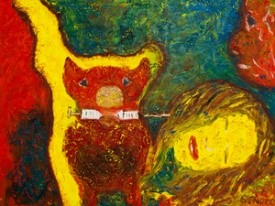
Title: Pandemic
5. Abstract, no longer Figurative
At this stage, we
have lost all contact with the "source". It is usually a composition
of shapes, lines and colors. There we could call active parts. The artist has
omitted parts of, say, white background, arise the forms anyway, but we can call
them passive. Lowry says that since the early twentieth century, it is accepted
that a good abstract composition need not
bear any relation to the figurative. This we know well in
contemporary art.
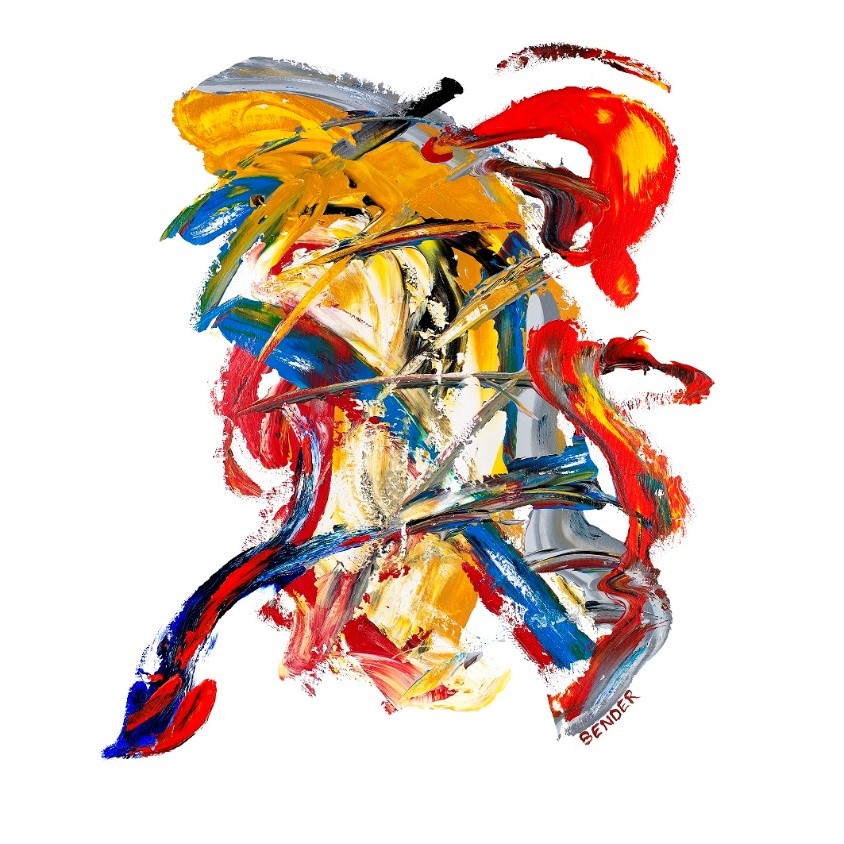
Title: Mr & Mrs Bates Joy
6. Abstract - Seeing into
The next category
is called: "seeing-in"
An abstract painting can reach such a level of complexity that engage our brain in such a way that it seeks to "see" into the work and go exploring to find one or more forms that "look like" something. The brain is now starting to work with to bring order among the abstract forms in order to gain understanding.

Title: Earth Wind & Fire - Cityscape
Developments
The art has not
developed into/from any "bubble" but has been influenced by the times
of sociology, philosophy, religion, politics, science and technology. Not so strange
because art is about life."
Reference: Lowry, 2010
Back from How to better understand abstract art to
Index or Site Map
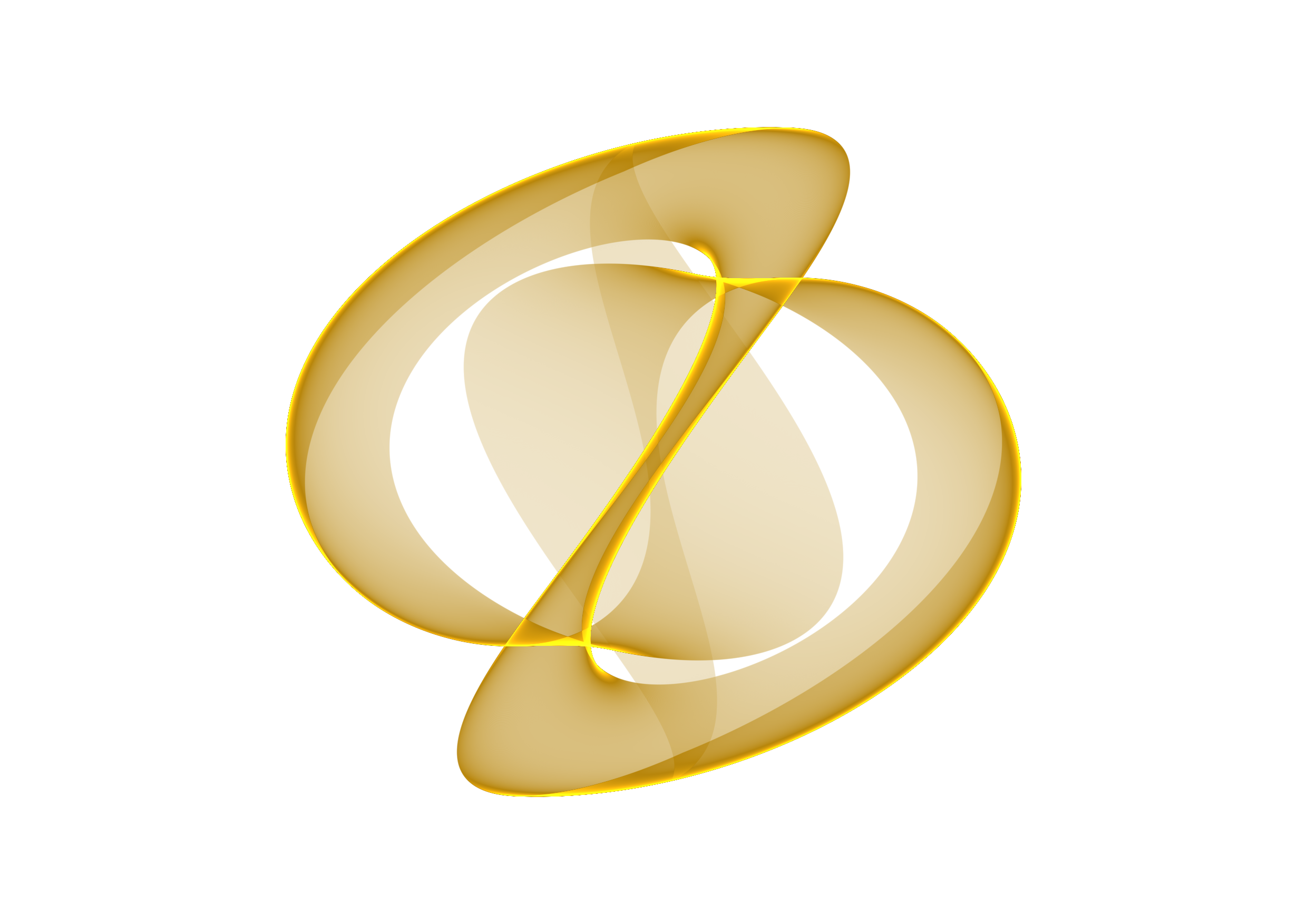
Heritage & Future
Each part of each piece of art is created by Award-winning artist Bender. Creation continues passionately with new discoveries every day, with the ambition and aspiration of the history and culture of Swedish soil and roots of the name that can be traced to the 1883, - for the future.
Nothing is more powerful
than an idea whose time has come.
- Victor Hugo -
